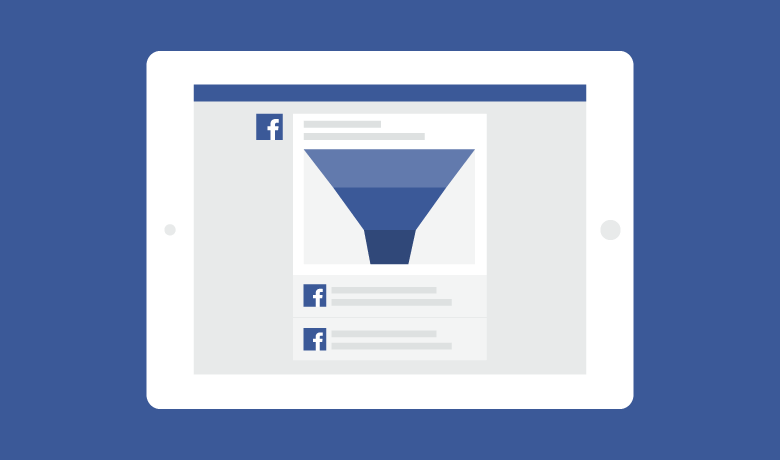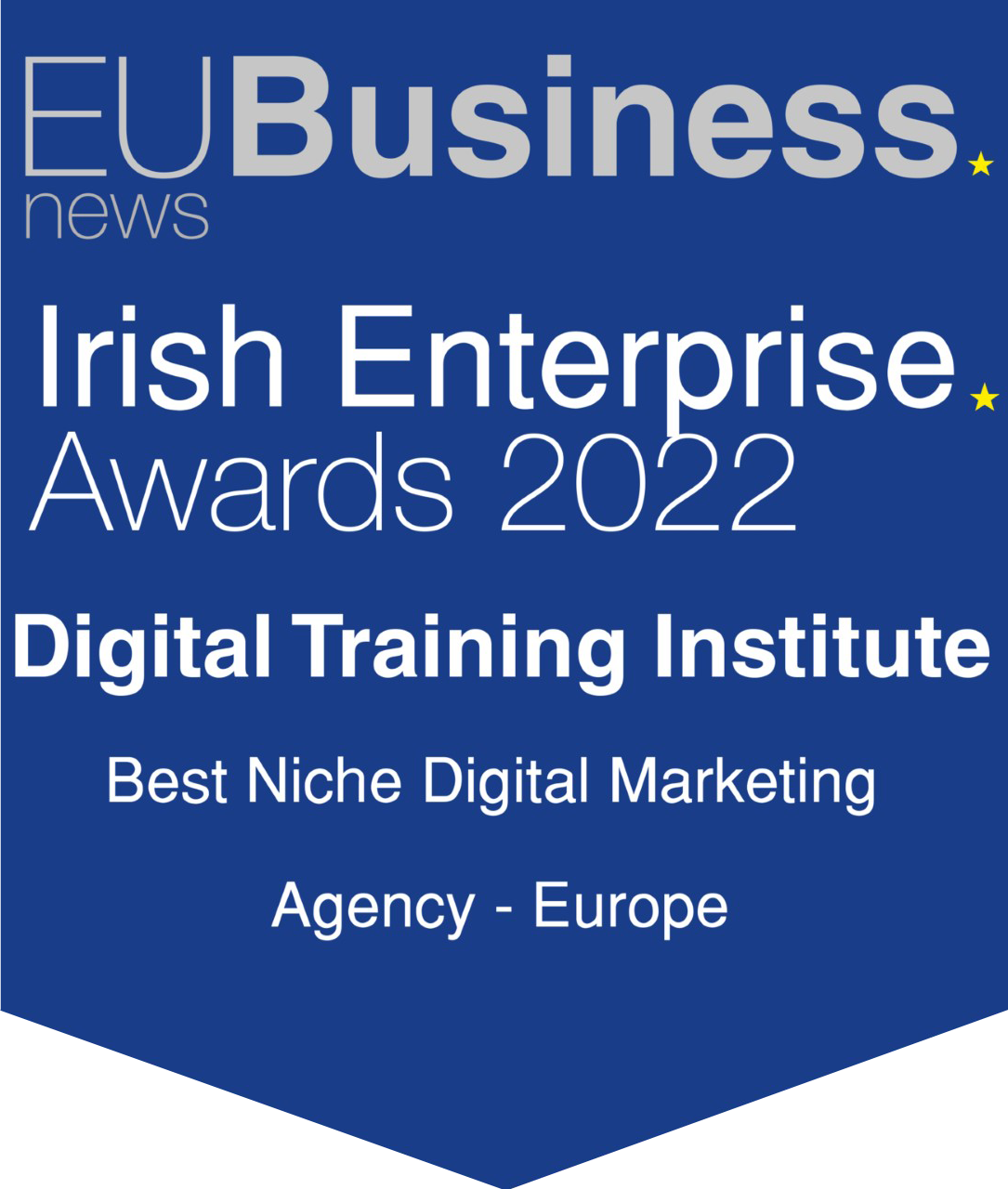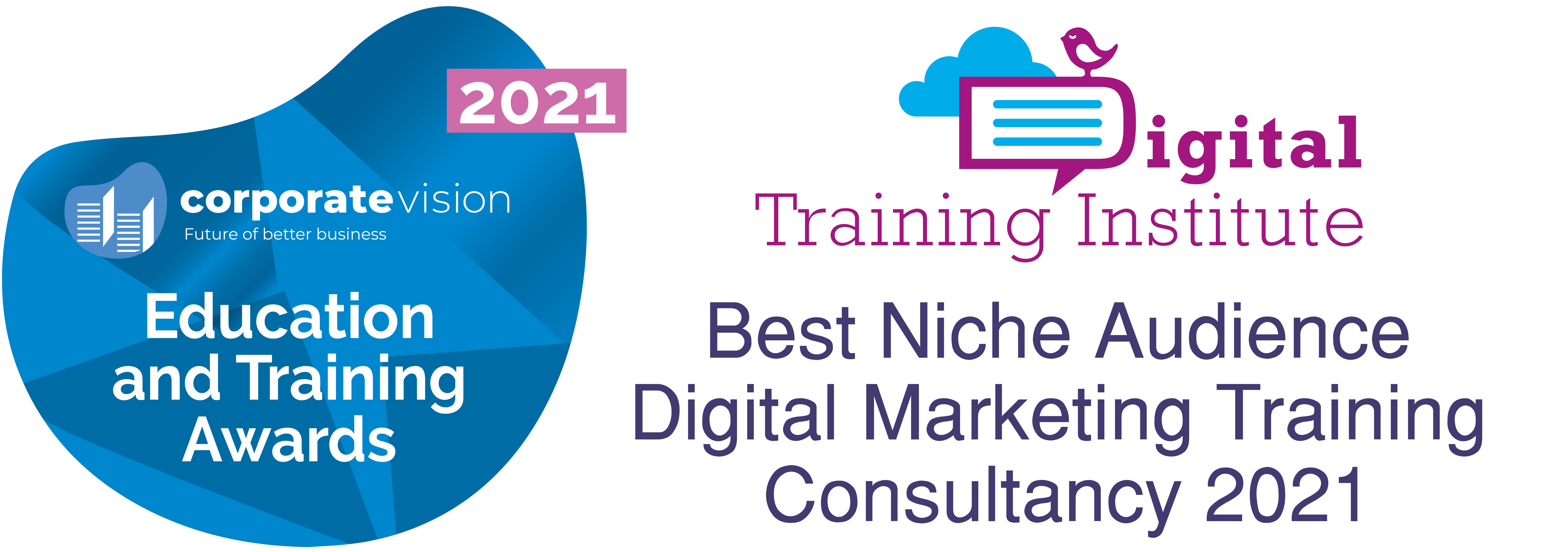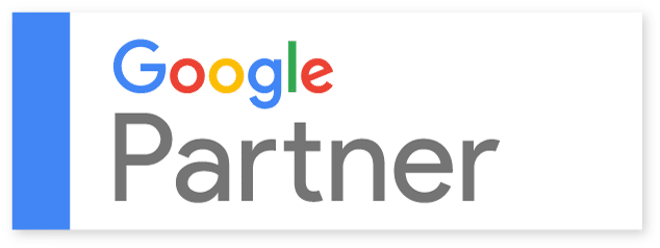10 Facebook Advertising Tips to Generate More Leads

More than a decade after its founding, Facebook has turned into a major force within digital marketing. The world’s largest social media network can and should become a significant part of your strategy to reach and convert more members of your target audience online.

Businesses of all sizes can take a wide variety of paths to get to that point. Organic posts on a Facebook page, for instance, can help your company increase community engagement and spread the word about your brand. But if you are looking to digital efforts specifically to increase the quantity of qualified leads, the network’s internal advertising platform is worth a closer look.
Through a variety of tools, Facebook allows brands to build an advertising strategy specifically designed to increase lead conversions. The below 10 tips can help you accomplish that goal, ultimately growing your business as a result.
BLOG: 10 #FacebookAdvertising Tips to Generate More Leads Click To Tweet
1) Know Your Audience
First things first: you have to know exactly who you want to target. If you already have an established Facebook presence, the network’s Insights tool can be invaluable in helping to establish the exact group that makes sense for your business.
Both Facebook Insights and Google Analytics essentially offer the same basic information about your online base. From age to location and even some demographics, you can glean the information you need to know to build ads specifically designed toward your core audience.
2) Get Your Targeting Right
Based on what you’ve learned about your audience, it’s time to think about the actual targeting used within Facebook’s Ad Manager platform. Here, you have a number of options:
- Interest-based targeting, which allows you to choose your audience based on demographic and geographic information.
- Lookalike targeting, which allows you to upload a list of current leads to target users who share similar characteristics.
- Remarketing, which allows you to target your ads only to users who have recently visited your website or a specific page on it.
Each of these allows you to dig deep, as well. For instance, interest-based targeting allows marketers to focus their ads toward recent purchases, travels, and other behaviours Facebook tracks through third-party and internal data. Pick the option that best helps you match your targeting with your audience determined in step 1.
3) Establish a Singular Goal
Based on your audience, establish the single goal you want your campaign to achieve. This may be focused on brand awareness, lead generation, or lead conversion into customers. For this post, all following will focus on lead generation.
Once you establish your goal, it’s vital to stick to it at all turns. Every decision you make from here on out, from the text to the image and length of the campaign, should be made under this distinct aim.
Once you establish your goal, it's vital to stick to it at all turns. #FacebookAdvertising #Tips Click To Tweet
4) Choose Your Ad Type
Once you know your advertising goal and audience, you can choose the type of ad that works best for you. Here, Facebook offers a wide range of options, from video to links and image ads. You can even go with a more complex opportunity such as Canvas Ads, which are essentially mini websites hosted on Facebook.
For the sake of lead generation, the type of ad that typically works best includes as few steps as possible to the sign up. A link will perform better than an image, which may get your audience’s attention but doesn’t include a clear-cut next step.
5) Drive Toward the Sign Up
Next, it’s time to get specific: as you build your creative for the type of ad you chose, make sure that it drives your audience specifically toward signing up to become a lead. On Facebook, you can accomplish this goal through a variety of ways.
Most importantly, be sure that the ad you develop has an internal Call to Action button. From the pre-set list of options, wording that relates to the conversion such as ‘sign up,’ ‘register,’ ‘download,’ or ‘request more’ tend to perform best.

Source: facebook.com
6) Track Your Conversions
Any ad that is built with an explicit goal has to actually include a distinct success measure. For lead generation, that means being able to track exactly how many new leads you can actually convert as a result of exposure to the ad.
Fortunately, Facebook makes conversion tracking simple. Include a conversion pixel on the page your audience sees immediately after becoming a lead, i.e. the thank you page. Now, the network will be able to track everyone who visits your website as a result of your ad, and takes the next step by signing up.
7) A/B Test Individual Ads
With success metrics incorporated into your ad set up, it’s time to begin maximizing the success of your individual efforts. Within Facebook, that means setting up A/B testing mechanisms that allow you to optimize your copy, image, link headline, targeting, and any other variable of the ad over time.
A/B or split testing within the network is relatively simple. ConversionXL offers a crash course on the subject, helping you build a framework that allows you to test individual variables on your way to a better, more successful campaign. The key is testing only one variable at a time to two identical, random segments of your audience in order to get a definite answer on which version is outperforming the other.
8) Consider Lead Ads
Two summers ago, Facebook began offering another opportunity for marketers looking to generate leads. Lead Ads offer users the ability to convert without ever having to leave the network, minimizing friction and – at least theoretically – maximizing your success in this area.
The concept is simple: on these types of ads, the call to action button leads not to your website, but a sign-up-form within Facebook. Here, the network dynamically pulls in basic user information, such as name and email address. The user now only has to fill in the missing fields, signs up, and the advertiser gets an email with the new lead information. Because they have to do less, your audience will become more likely to convert to a lead.

Source: thinkbonfire.com
9) Maximize Your Relevance Score
The Relevance Score is an often overlooked but crucial part of your Facebook advertising efforts. It’s Facebook’s way of determining which ads from different brands to show audiences in the limited space available in the news feed, while also determining the pricing of these ads.
Facebook determines a relevance score for each individual ad based on positive feedback, such as link clicks and conversions, and negative feedback, such as users hiding the ad. Monitor it closely: the closer it is to a 10 scale, the higher its chances of successfully converting leads.
10) Refresh Creative Regularly
Finally, it’s important to realize that advertising on Facebook – for lead generation or otherwise – cannot be done in the set and forget mindset. In the fleeting world of social media, audiences can quickly tire of your ads, and actually begin to react negatively when they see it too often.
A final key to success, then, revolves around regularly updating your creative. When your cost per click increases or your click-through and conversion rates begin to decrease, it’s time to make some changes. Ideally, try to never go more than 2 weeks in a consecutive ad campaign with the same image and text.
Used correctly, Facebook advertising can be immensely effective in helping you build your lead pool and grow your conversions. The above tips can help to get you started on that point, but you may still need extra help in the complex world that is Facebook advertising.
Used correctly, #Facebook advertising can be immensely effective in helping you build your lead pool and grow your conversions. Click To TweetDigital Training Institute offers courses in this and a variety of other digital marketing topics, helping you gain the expertise you need to put your business above its competition.
To learn more about our course offerings, contact us.







Gary
Hi Joanne, I have to admit I hate FB, but I have found your tips useful and intend trying them out.
Thanks
Gary